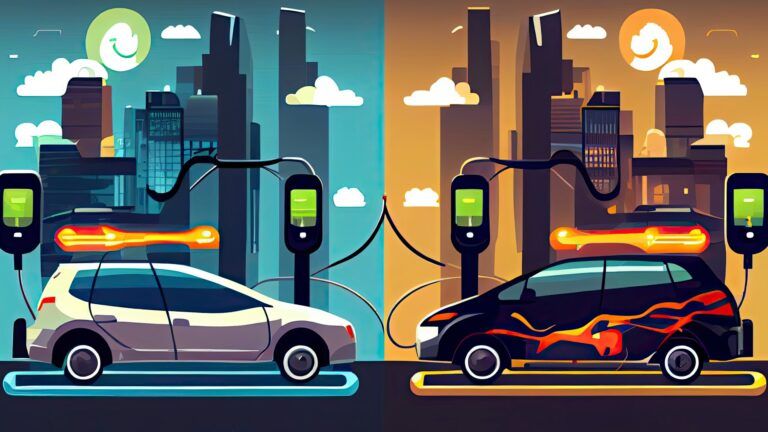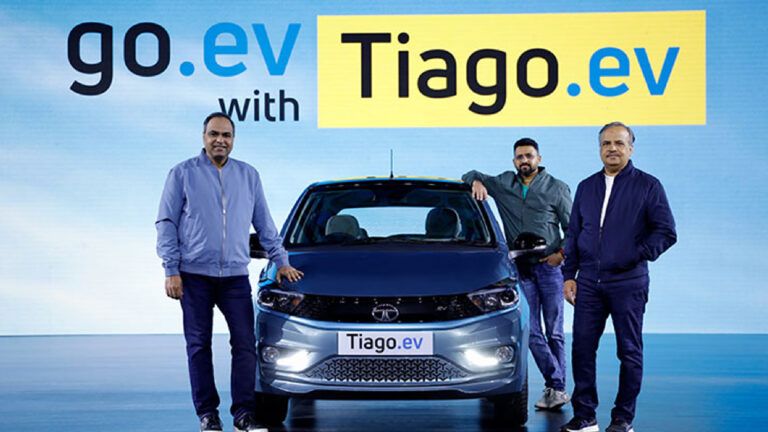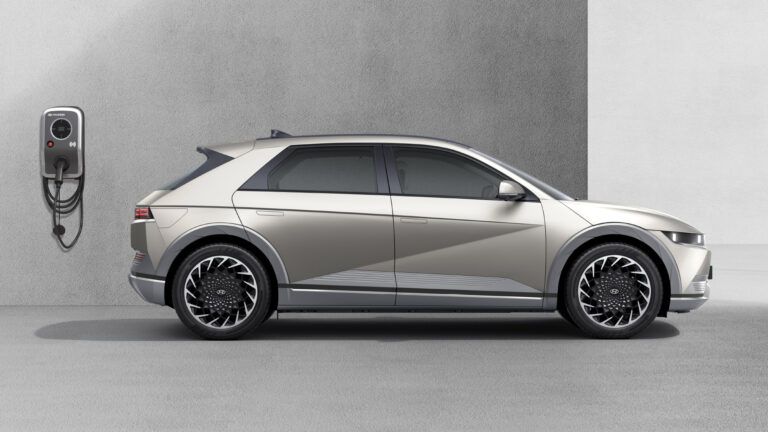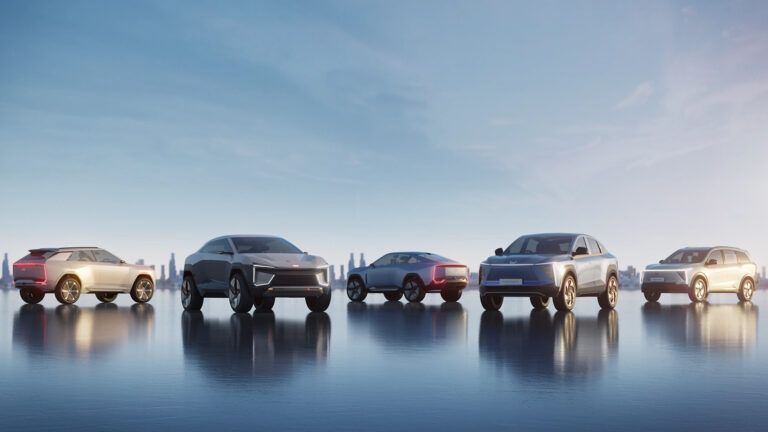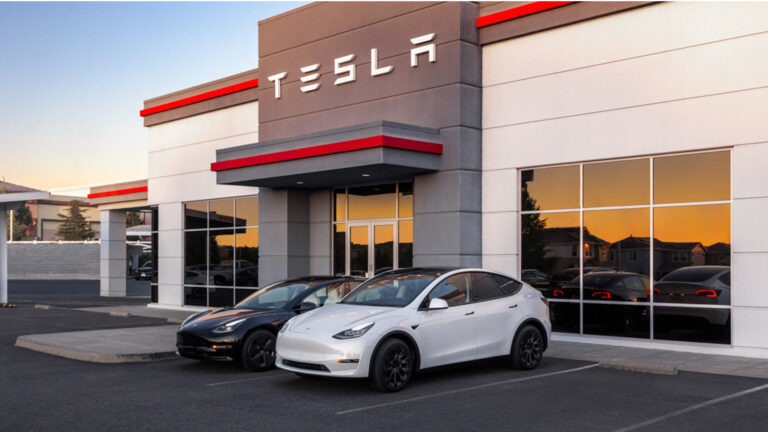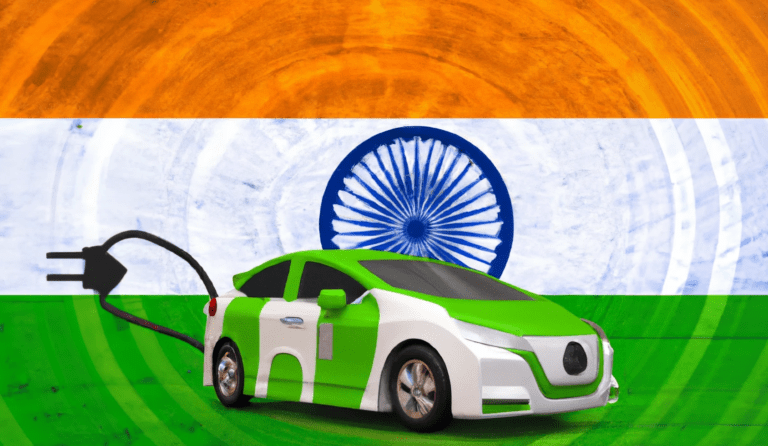We covered the basics of how electric vehicles work in our previous post. That post explains the generic components of an EV and their uses. However, the fact is there are several different types of EVs in the market. Even though the underlying principle of a battery-powered electric motor is the same, all these EVs operate a bit differently.
In this post, we are going to elaborate on these types of EVs. Other than their names and working principles, we shall also cover how they differentiate from their counterparts. These distinctions will be on the basis of operation, range, and the way they are charged or refuelled. Some examples also accompany all the distinct types listed.
So without any delay, here is what you need to know about all the different types of EVs in India.
- Battery Electric Vehicles (BEVs)
The most common type of electric vehicle, BEVs are powered entirely by an electric battery. Hence, there is no combustion engine involved. They are basically the complete opposite of a petrol/ diesel car and define an “electric vehicle” in its truest sense.
The battery is the heart of a BEV, as BEVs rely solely on electricity stored in their batteries for power. This battery further powers an electric motor, which drives the wheels, and other components. These components include the air conditioning, power steering, and lights.
BEVs only charge through a plug-in charger. These cannot refuel in a traditional way like petrol or diesel. The most premium of these vehicle types promises a range close to 600 km on a single charge. As charging them takes time, OEMs are working constantly to bring BEVs with higher ranges and faster charging capabilities. This shall help eliminate any range anxiety in buyers.
There are certain distinctions within the BEV group, mostly based on the type of battery used. These can be ‘fixed’ and ‘removable’ batteries, or different types of battery configurations like Lithium-ion or Nickel-metal hydride. The general working of all these types remains the same though.
Examples – All electric scooters and bikes we see in India fall in the category of Battery Electric Vehicles. Additionally, electric cars like the Tata Nexon EV, Hyundai Kona, MG ZS EV, and Kia EV6 are also BEVs.
- Hybrid Electric Vehicles (HEVs)
Another among the types of EVs is a Hybrid Electric Vehicle or an HEV. This type of EV uses both a traditional internal combustion engine and an electric motor to power the vehicle. The two power sources work together to optimize fuel efficiency and reduce emissions.
HEVs have a smaller battery than BEVs, which powers the electric motor. The gasoline engine usually kicks in additional power when needed, such as when the battery is low or when the vehicle is travelling at high speeds.
HEVs have their pros and cons over a BEV. While they still result in a certain amount of emission due to fuel combustion, they are comparatively easier to refuel as they operate with a traditional refuelling system of adding petrol at a fuel station.
This is also wherein they differ from the next EV type – Plug-In Hybrids.
Examples – We have mild hybrid versions of many popular cars in India, including the likes of Maruti Suzuki Baleno Hybrid or Vitara Brezza, as well as MG Hector, Honda City, and more.
- Plug-In Hybrid Electric Vehicles (PHEVs)
The more advanced version of mild hybrids, Plug-In Hybrid Electric Vehicles, or PHEVs, are similar to HEVs in that they use both an electric motor and a gasoline engine. However, PHEVs have a larger battery which plugs into an external power source for direct charging.
The battery in a PHEV powers the electric motor for a certain distance, after which the gasoline engine takes over. PHEVs can travel longer distances on electric power alone than HEVs, typically around 80 to 100 km.
Examples – Plug-in or Smart Hybrid technology is usually exclusive to high-end cars, like the Volvo XC90 Recharge and BMW 7 Series.
- Fuel Cell Electric Vehicles (FCEVs)
The newest and the most distinct type of electric vehicle, FCEVs use a fuel cell instead of a battery to power the electric motor. The fuel cell is a component that uses hydrogen and oxygen to generate electricity, with water vapour as the only byproduct of the process.
FCEVs produce zero emissions and are extremely efficient, as they use hydrogen to refuel, just like petrol or diesel, within a few minutes. They also have a longer range than BEVs, with some models capable of travelling up to 640 km on a single tank of hydrogen. The downside is the massive infrastructure required to produce and store hydrogen for their use.
Examples – Toyota Mirai is a shining example of a Fuel Cell EV. Other companies are now leaning towards Fuel Cell electric vehicles as the prospect of their use becomes more and more viable.
As we see, electric vehicles come in various forms, with each having its advantages and disadvantages. While BEVs are the most common, HEVs, PHEVs, and FCEVs are gaining popularity as technology advances. It is not sure if any of these will overtake the use of BEVs but what we do know is that the future of electric vehicles on the whole looks quite promising.



